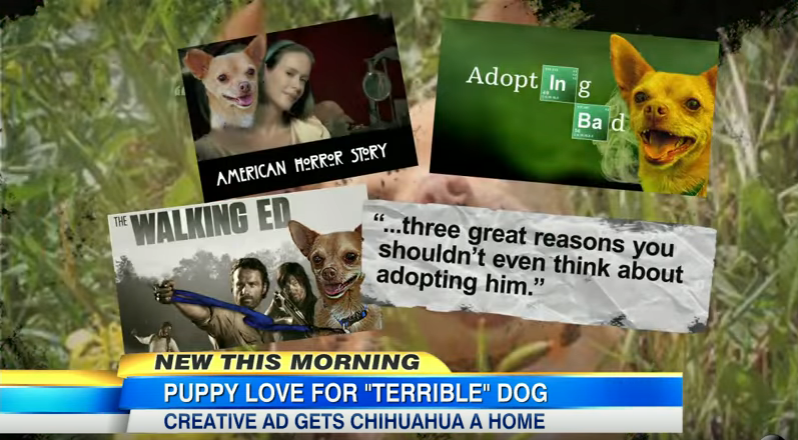
One of the challenges facing content writers is producing work that’s compelling, but still earns measurables like clicks and retweets, satisfying clients and advertisers. On the one hand, you want to write entertaining and informative content, drumming up brand interest. On the other, it must be provably effective, with numbers to back it up.
Here’s where it gets complicated: In the past few years, the industry has seen mounting evidence that a person sharing an article via social media—one of the fastest, easiest ways to spread written content, and an easy way to measure impact—has almost no correlation to that person having actually read the article.
Put another way, the content, beyond a headline, is almost irrelevant: If the headline sells, you’ll get measurables so why bother writing good content at all? It begs the question: What happens when an industry’s measurables become the tail wagging the dog? Does the actual “content” in written content even matter?
Thankfully, the answer is a resounding yes. The point of written content is to get the measurable reactions, but more, it’s to create long-term, sustainable interest in your client’s brand. And, when it’s done right, it’s a beautiful thing.
One of my favorite examples is the “Eddie the Terrible” campaign launched by the Humane Society of Silicon Valley (HSSV). To adopt out a single, vicious Chihuahua, HSSV created an integrated campaign full of attitude and hilarious, surprising copy.
The press release headline alone is the stuff of clickbait legend: “Area Shelter Attempts to Adopt Out Worst Dog Ever.” I know what you’re thinking: Talk about earning a few cheap retweets off a headline. But its paid off throughout a brilliant, delightful piece of content that stays true to the HSSV brand. The campaign exploded, ending up on Good Morning America, in USA Today and in People magazine.
The writing, on its own, is compelling and fun, earning tens of thousands of shares and likes, and getting the HSSV a Shorty Award for Social Good. But in a larger context, besides getting the little guy adopted, the campaign built an enormous amount of brand interest.
What “Eddie the Terrible” shows us is you don’t have to compromise between drawing measurables and producing kick-butt content. And more importantly, you don’t have to compromise your brand’s convictions and beliefs to make great content: Authenticity is what makes content so powerful.